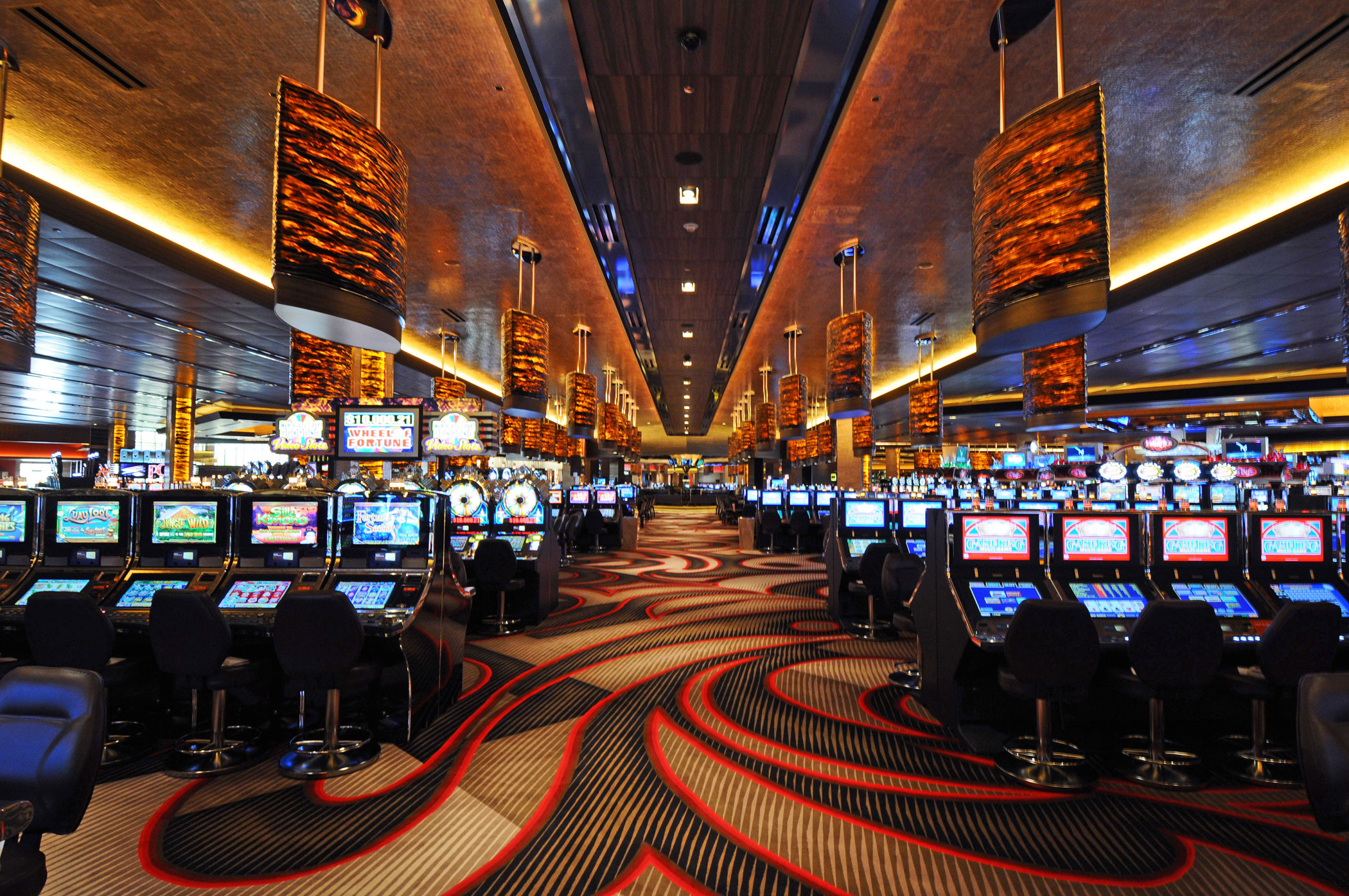
In a lively and thrilling world of casinos, wherein fortune and strategy intertwine, color and design play a key role in attracting players. From the moment players step inside a casino or access a gaming website, they are immersed in a sightly feast that grabs their attention and entices them to explore more. Vivid colors, engaging graphics, and innovative layouts are carefully crafted to create an environment of excitement and expectation, ultimately enhancing the gaming encounter.
While players move through the dynamic landscape of casino games, they encounter a variety of designs that not only serve aesthetic purposes but also affect emotions and choices. Colors like red and yellow symbolize riches and fortune, while calm blues and greens can create a much relaxed environment. Grasping how these elements work together enables casinos to create an welcoming and stimulating atmosphere that encourages players to interact with the games, spend more time at the tables, and boost their general enjoyment.
The Psychology of Tint in Casino Games
Color plays a key role in the development of gaming experiences, affecting players’ feelings and actions. Lively and vibrant colors, such as crimson and gold, are often used to ignite enthusiasm and draw notice. These shades create a sense of urgency and vitality, encouraging participants to involve themselves more enthusiastically with the activity. By strategically selecting colors, creators aim to evoke feelings of pleasure and excitement, which can enhance the total player experience.
Various colors also have psychological meanings that can impact how gamblers perceive their odds of victory. For case, lime is commonly associated with luck and prosperity, making it a well-liked choice in games like the roulette wheel and poker setups. This link can result players to feel more optimistic and confident in their gameplay, ultimately encouraging them to stake more. Grasping these associations allows game creators to design environments that enhance player satisfaction and loyalty.
In addition, the interface of casino game interfaces often utilizes color gradients and contrasting hues to instruct players’ responses. For example, winning outcomes may be accentuated with vivid, opposing colors, creating a visual cue. This approach reinforces successful results and encourages repeated engagement. By utilizing the psychology of color, gaming venues can develop activities that not only captivate participants but also maintain them engaged and dedicated in their game experience.
Creative Features that Engage Players
The visual appeal of casino games is largely influenced by the implementation of vibrant colors. Bright and striking colors are strategically chosen to create an appealing atmosphere that grabs attention. For instance, crimson and golden hues often signify luck and prosperity, which is why they are common in the palettes of slot machines and game surfaces. These colors not only attract players in, but they also evoke emotions associated with thrill and anticipation, enhancing the overall gaming experience.
In parallel to color, the aesthetic and organization of casino games play a significant role in captivating players. Games are designed to be user-friendly, ensuring that players can easily understand the guidelines and mechanics. User-friendly interfaces, along with captivating graphics and animations, help maintain player interest and encourage extended play sessions. The tactile elements, such as the texture of the buttons and the audio of the games, also add to a comprehensive sensory experience that keeps players immersed.
In conclusion, conceptual elements in game design can significantly influence gaming decisions. Many gambling games are inspired by media, fairy tales, or exploration motifs, incorporating symbols and characters that connect with players. These themes create a sense of engagement and relatability, making each game feel unique. When players feel a connection to the concept, they are more likely to choose that game over others, leading to higher participation and enthusiasm within the gambling environment.
Case Studies: Notable Casino Slot Designs
One noteworthy example of impressive gambling game design is the popular slot machine series themed around popular movies. Games such as those based on the Wizard of Oz and Game of Thrones utilize dynamic colors and high-quality graphics to engage players in well-known narratives. The use of dynamic visuals and engaging sound effects grabs the focus of players, building an emotional connection to the theme. This approach merely encourages longer play but also boosts the overall gaming experience, resulting in increased player retention.
Another notable case is the application of the psychology of color in table games like blackjack and the wheel. Casinos often create these games with rich reds and greens, colors traditionally associated with luck and wealth. For instance, the emerald felt on a blackjack table provides a relaxing effect, while the crimson accents in the wheel invite anticipation. This intentional use of color helps to foster an inviting atmosphere that encourages players to participate, addressing their psychological impulses and increasing their enjoyment.
Finally, social casino games that include community features and bright, dynamic designs have achieved remarkable success in engaging players. Games like Zynga’s Poker and Slotomania leverage bright colors and playful animations to forge an inviting online environment. The addition of leaderboards, social sharing options, and in-game rewards promotes competition and community, drawing players in for longer sessions. sites not on GamStop Such designs merely make the games visually appealing but also highlight social connectivity, a vital factor in player retention and engagement within digital casino environments.